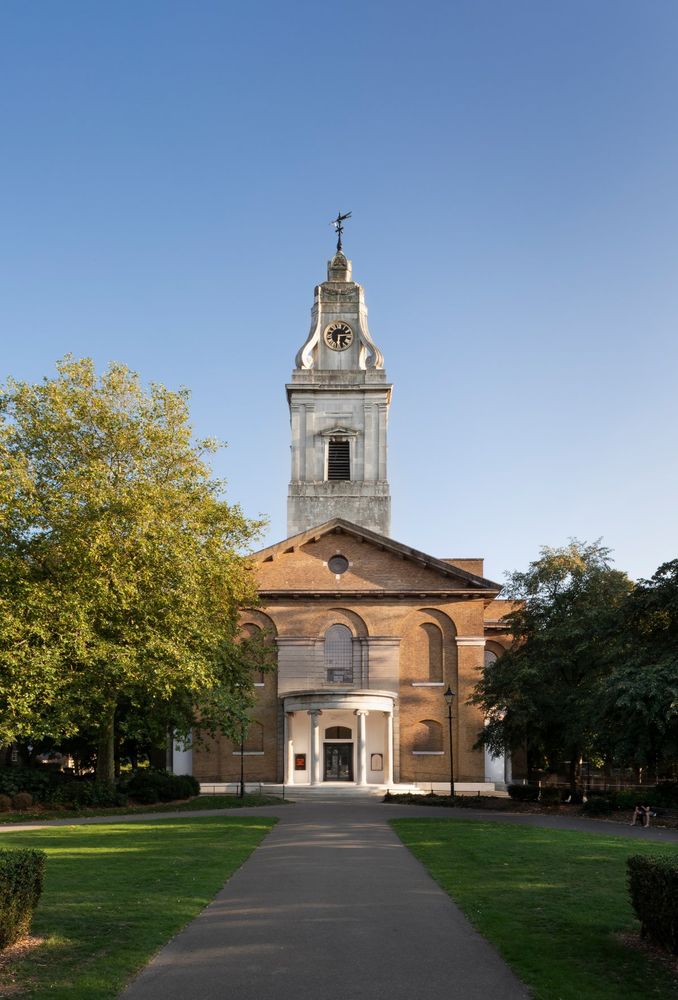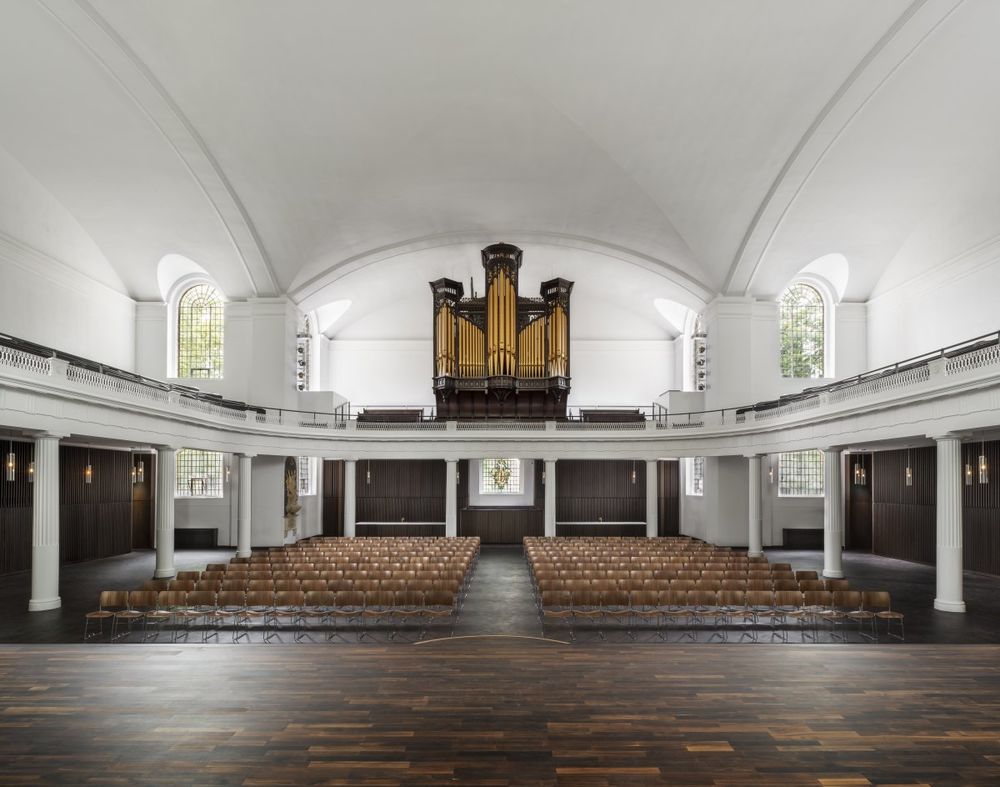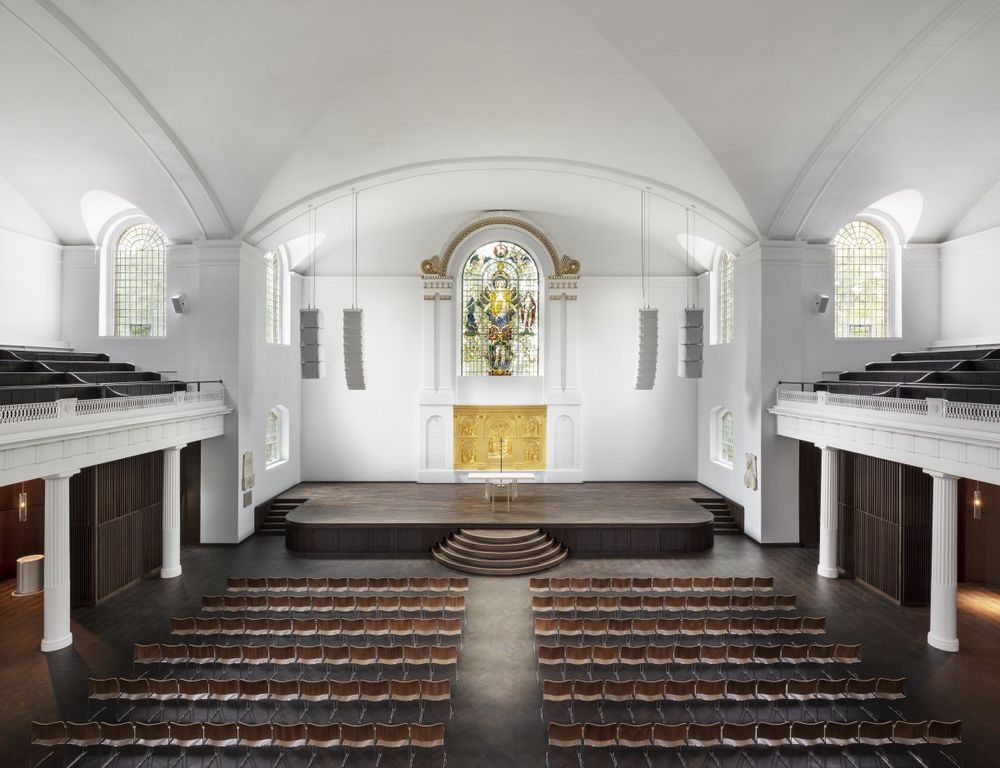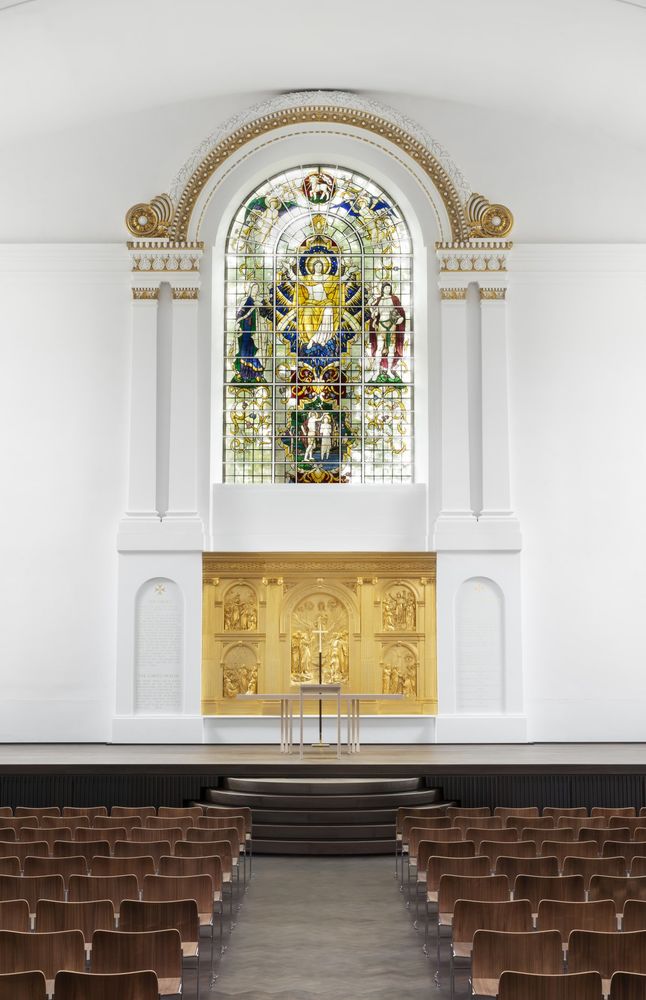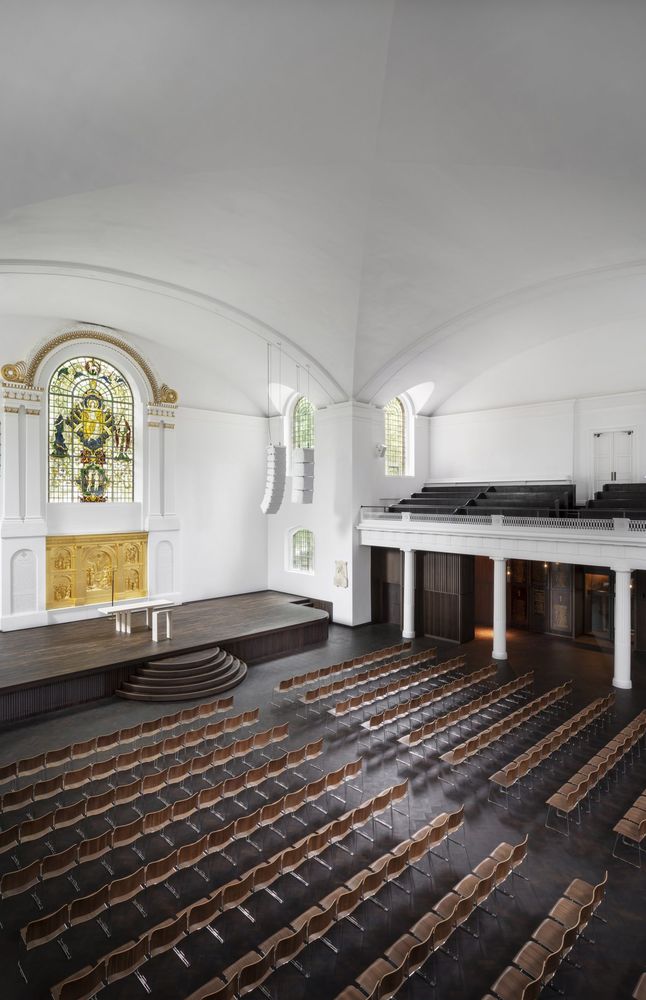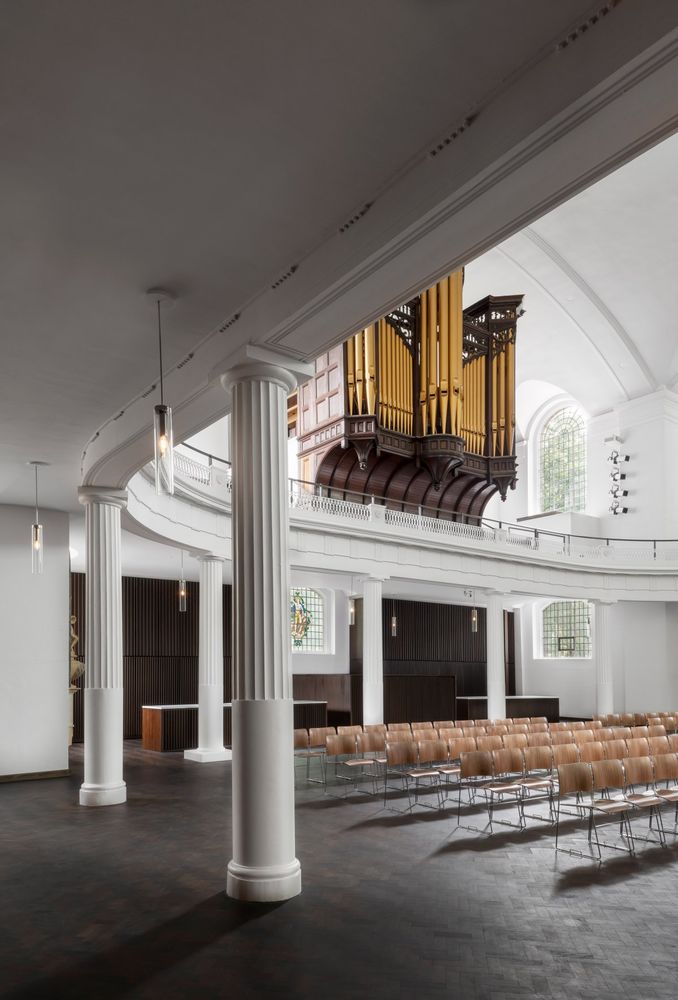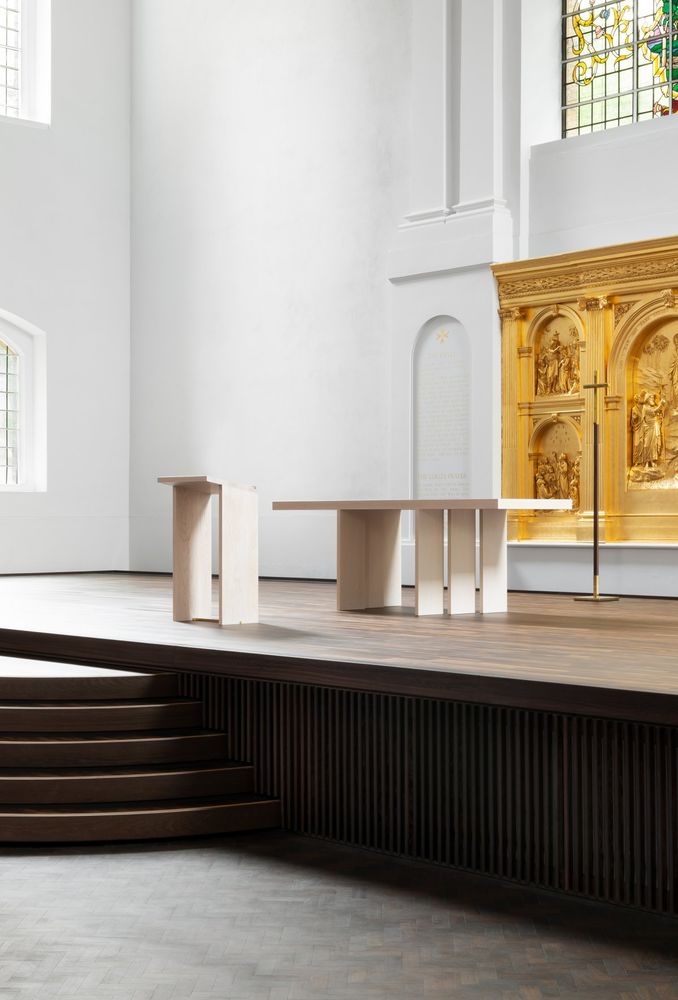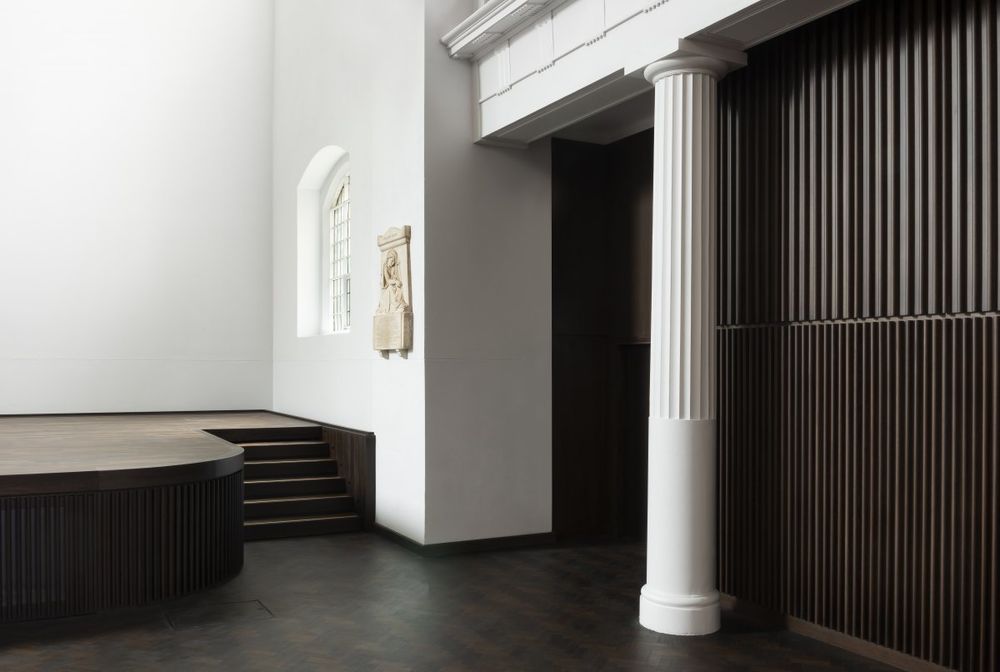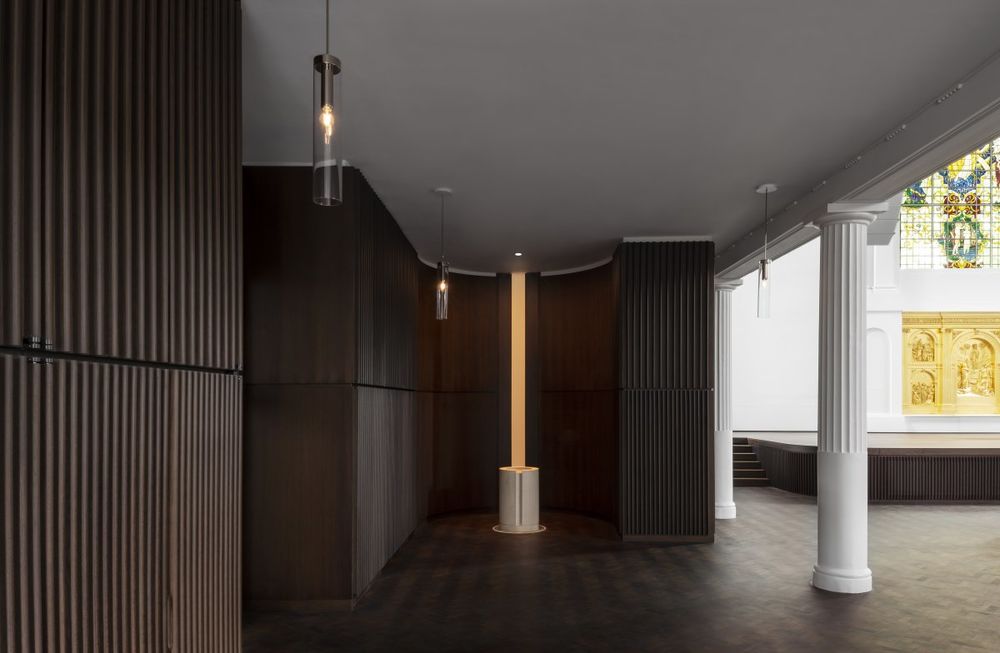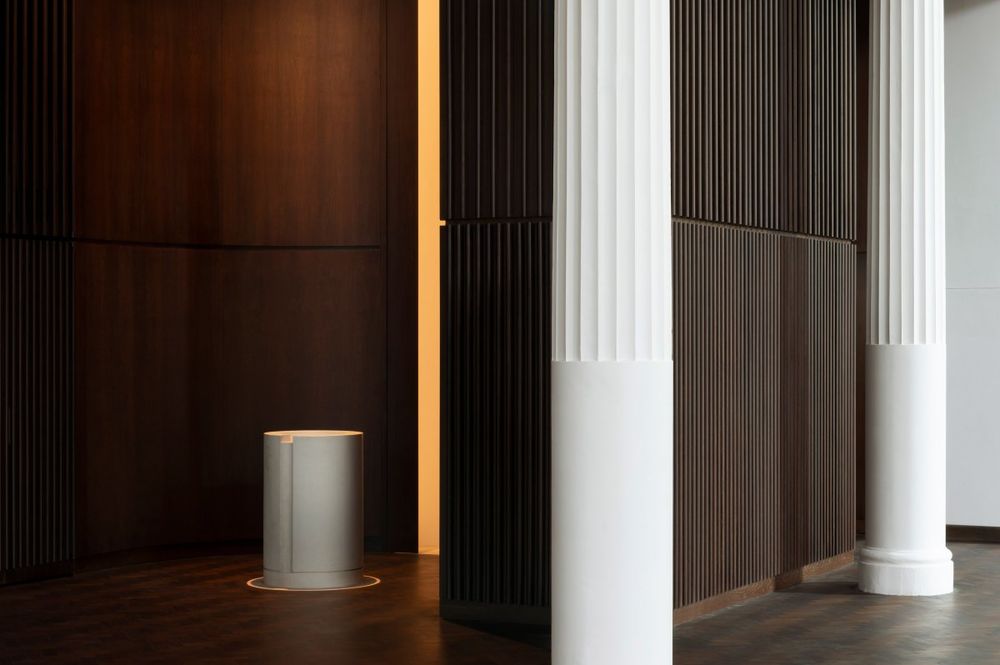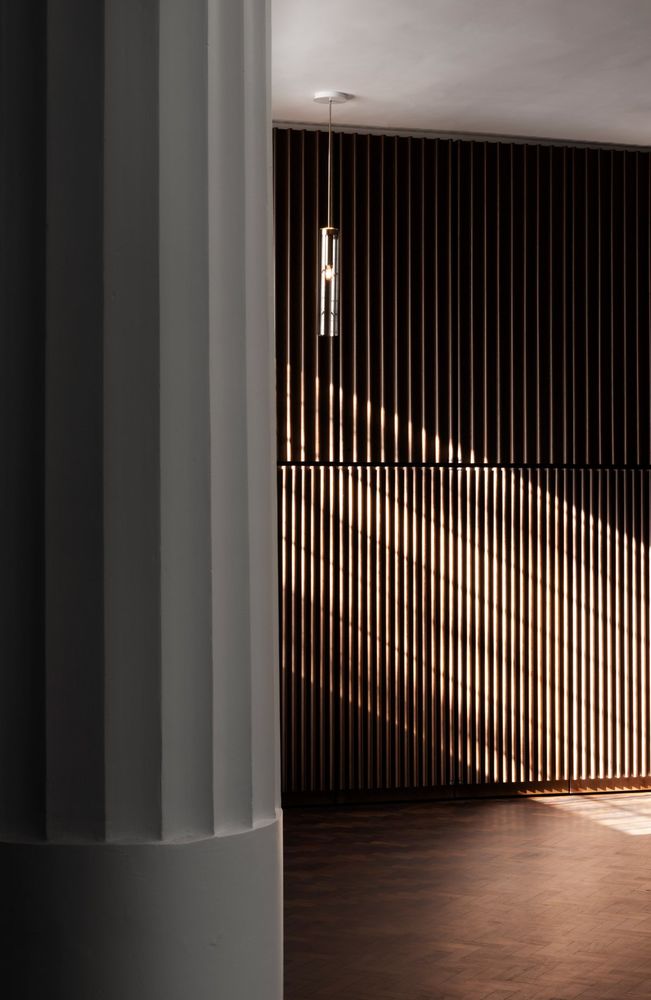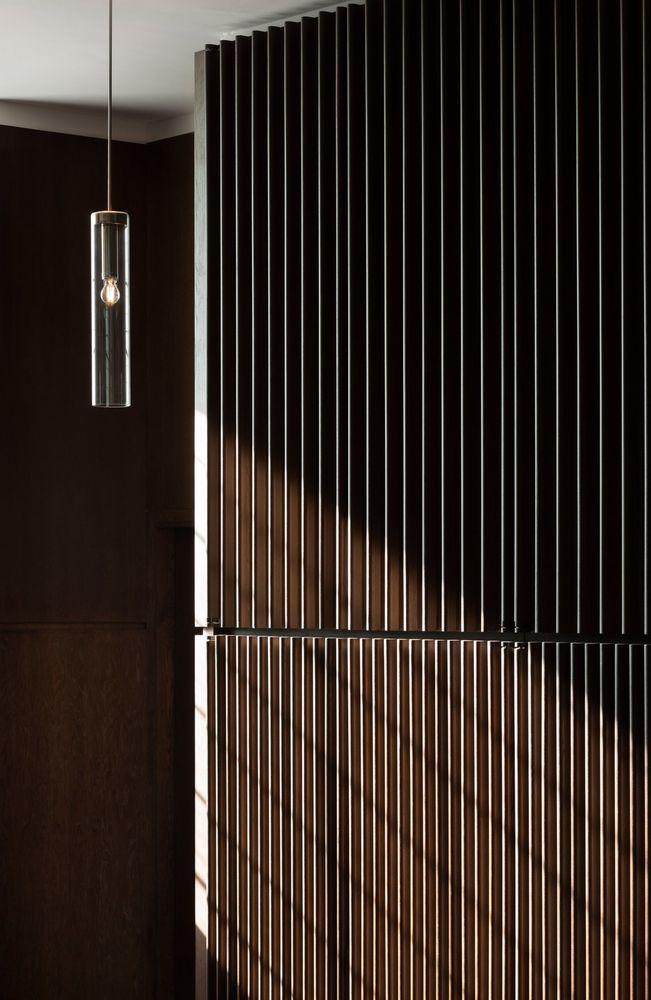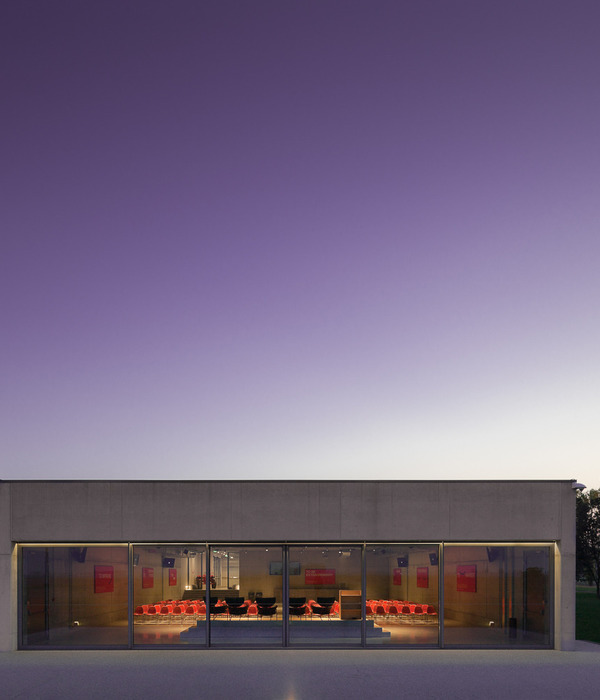伦敦 St John at Hackney 教堂翻新 | 新旧和谐融合
位于英国伦敦的St John at Hackney教堂在1797年由建筑师James Spiller完成,早在1275年就成为社区的核心。在1955年一场毁灭性的大火和随后的修复之后,教堂的内部状况在接下来的几十年里每况愈下。
The Church of St John at Hackney in London, England was completed in 1797 by architect James Spiller and became the heart of the community as early as 1275. After a devastating fire in 1955 and subsequent restoration, the church's interior deteriorated over the following decades.
在这样一个充满挑战性的背景下,设计师John Pawson和建筑师Thomas Ford及其合作伙伴,在EBBA architects的帮助下,发现他们正在努力为教堂重新建立一个具有凝聚力的身份,这将像它的历史一样持久。
Against this challenging backdrop, designer John Pawson and architect Thomas Ford and their partners, with the help of EBBA Architects, find themselves working hard to re-establish a cohesive identity for the church that will last as long as its history.
这项工作成功的关键是一系列的外科干预,寻求新旧的和谐融合。原来的拱形形式通过剥离内部而得到强调。然后,关键元素被小心地插入,如John Pawson创造的黑色橡木镶板,它排列在中殿的周长。这参考了现有阳台长凳的材料,而肋状细节呼应了定义中心空间的柱子上的凹槽。
Key to the work's success was a series of surgical interventions that sought a harmonious blend of old and new. The original arched form is accentuated by stripping the interior. Key elements are then carefully inserted, such as the black oak paneling created by John Pawson that lines the perimeter of the nave. This references the material of the existing balcony benches, while ribbed details echo the grooves in the columns that define the central space.
